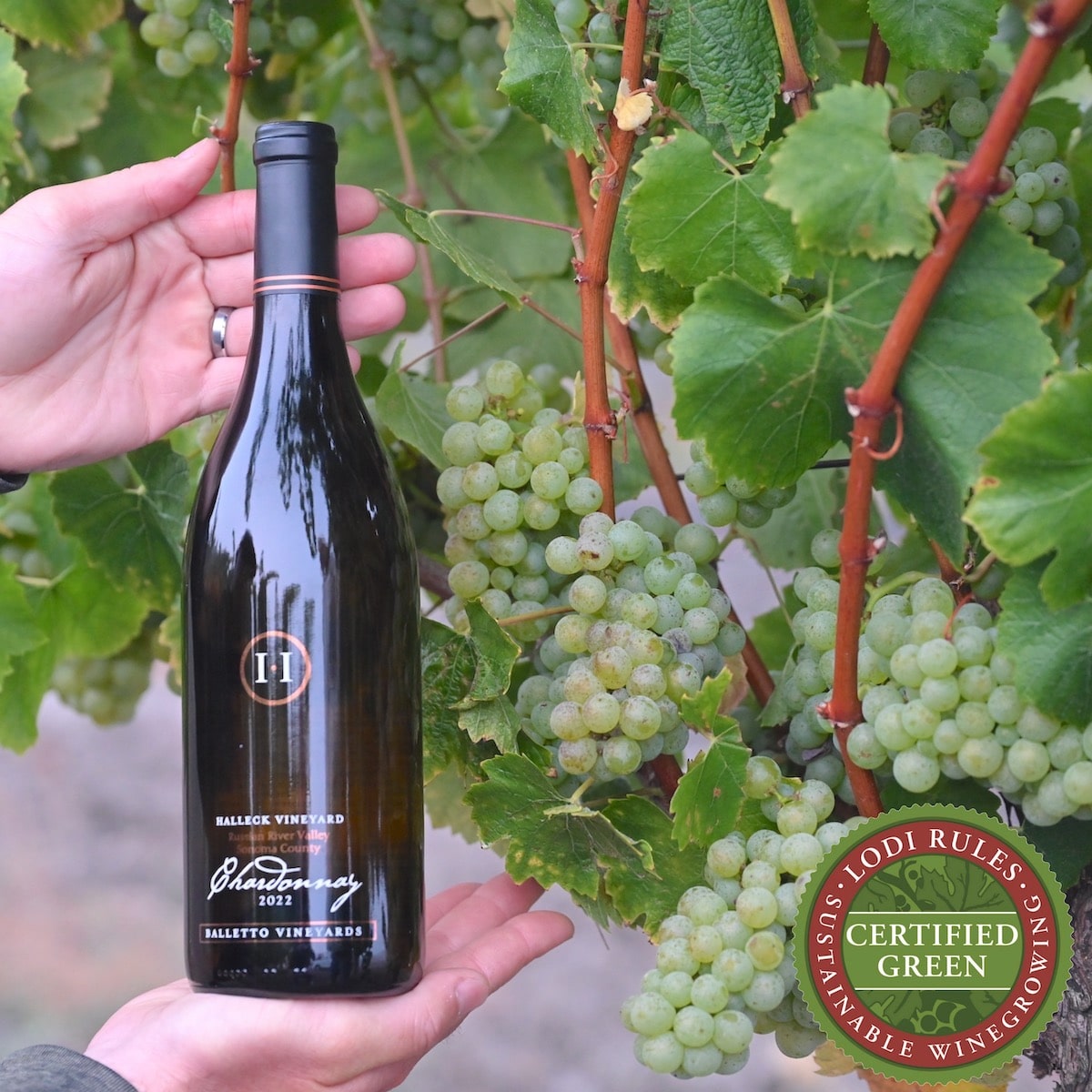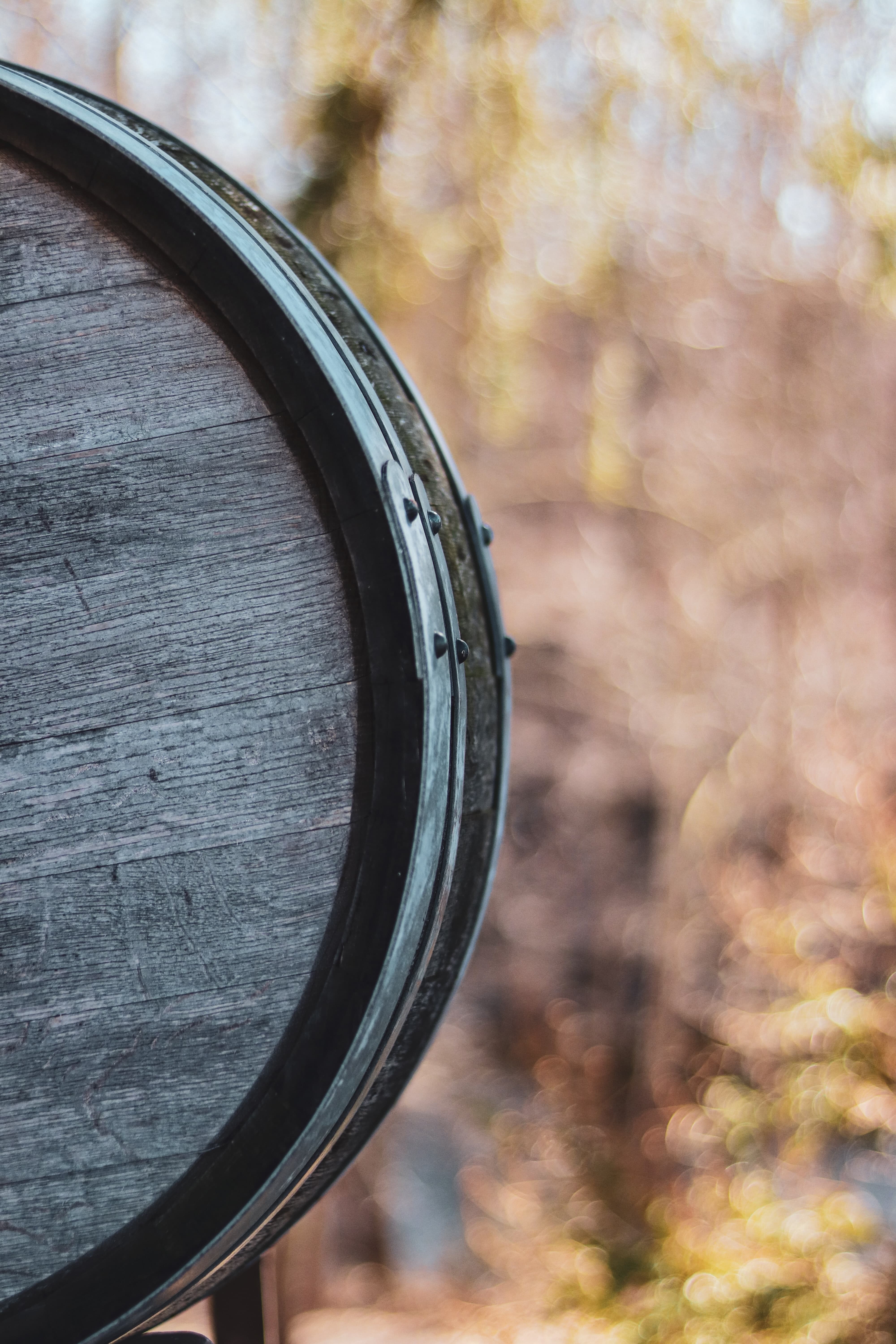Your Ultimate Guide to The Best of Sonoma's Vineyards and Wineries 95472
Understanding the nuanced vocabulary related to winery wine tasting is important for each novices and seasoned connoisseurs alike. Every term brings to life the experience of tasting wine and might enhance one’s appreciation of the numerous intricacies involved. Wine tasting is extra than simply ingesting; it's an art that includes varied senses and emotions.
To begin with, the term "nostril" refers back to the aromas one detects when smelling the wine. This is a vital step as a result of the bouquet sets the stage for the tasting experience. Notes of fruit, spice, earth, and wooden could mingle, providing a glimpse of what the palate may affirm. Understanding "nosing" the wine can dramatically elevate one's sensory journey.
Another key facet is the term "physique." The physique of the wine describes its weight and fullness on the palate. A full-bodied wine has a sturdy presence and tends to linger longer after swallowing. Conversely, light-bodied wines could really feel extra delicate and refreshing. Recognizing the physique helps tasters assess the wine's construction and steadiness.
Private Wine Tours: Discover Hidden Treasures
The concept of "tannins" is important in pink wine tasting. Tannins are compounds derived from grape skins, seeds, and stems, contributing to a wine's texture and aging potential. High tannin wines usually lead to a dry mouthfeel, while lower tannin levels yield a smoother experience. This distinction is particularly important when pairing wines with food, as tannins can both complement or clash with certain dishes.
In addition to tannins, "acidity" performs a major function in the wine tasting experience. Acidity provides wine its crispness and liveliness - Best Clients' Recommendations in Sebastopol and Beyond. Wines with higher acidity tend to be refreshing and energizing, making them wonderful companions for a variety of foods. Recognizing acidity can drastically enhance one’s food-pairing capabilities and overall tasting enjoyment.
When delving into the flavour profile of a wine, one might encounter the term "finish." The end refers to the aftertaste that lingers within the mouth after swallowing. A long end is often related to high-quality wines, as it signifies complexity and depth. A quick finish could recommend a much less complicated wine. Figuring Out tips on how to evaluate the end can reveal much a few wine's character.
Exploring the "vintage" can additionally be integral to wine tasting terminology. The vintage denotes the yr during which the grapes were harvested. Totally Different years can yield vastly completely different outcomes because of variations in local weather situations. For instance, a scorching summer season can produce more concentrated flavors, while a cooler yr might yield more subtle, nuanced wines. Understanding vintage permits for a deeper appreciation of a wine’s origin and potential.
The Ultimate Guide to Wine Tasting around Sebastopol
The term "terroir" encompasses the geographical and environmental factors that contribute to a wine's distinctive character. Elements such as soil kind, climate, elevation, and topography all play a job in the flavor and high quality of the wine. This connection to place helps one perceive why wines from totally different areas can taste so distinctively completely different, even when produced from the identical grape variety (Enjoy Natural Wines at Sonoma Wineries).

When partaking with wines, the phrase "leg" refers to the droplets that form on the inside of the glass after swirling. These droplets can point out the wine's alcohol content material and viscosity. While observing the legs might not instantly relate to the wine’s style, it adds to the overall experience and intrigue of wine tasting much less clear.
Must-Visit Vineyards for a Relaxing Weekend Getaway 95433
A extra specific term that may arise throughout tastings is "oak." The influence of oak barrels on wine can impart flavors such as vanilla, toast, or spice. The degree of oak aging can vary widely among wines, affecting both aroma and taste. Understanding oak treatment provides insights into the winemaker’s choices and the resulting complexity of the wine.
In wine tasting, one might also hear the term "palate." The palate refers to the general taste experience in the mouth. This encompasses sweetness, bitterness, acidity, and body. A well-balanced palate is crucial for a harmonious tasting experience, and recognizing any imbalances helps assess the quality of the wine.
The experience of wine tasting is greatly enriched by understanding the terminology that accompanies it. Each term serves a purpose, enhancing the flexibility to convey thoughts and emotions in regards to the wine one's experiencing. This vocabulary their explanation bridges communication between tasters, sommeliers, and winemakers alike.

To totally get pleasure from wine tasting, it is important to interact all senses. The sight of the wine, its color, and clarity can present perception into its age and quality. Swirling the wine releases aromas that heighten the olfactory experience, while the actual tasting permits for an entire evaluation of the wine's profile.
Your Ultimate Guide to Sebastopol's Vineyards and Wineries 95433
In conclusion, understanding the detailed clarification of winery wine tasting terminology greatly enhances the experience of tasting. Each term invites the taster to interact more deeply with the wine, encouraging connections to the senses, the winemakers, and the lands the place the grapes are grown. This nuanced vocabulary creates a richer, extra fulfilling wine tasting experience.
- Aroma refers again to the scents launched by the wine, which might point out its grape selection and affect the tasting experience.
- Tannins are pure compounds present in grape skins, seeds, and stems, contributing to the wine's construction and aging potential.
- A finish, or aftertaste, is the lingering flavor sensation that remains on the palate after swallowing, often a key indicator of quality.
- Body describes the burden and fullness of wine within the mouth, generally categorized as light, medium, or full-bodied.
- Terroir denotes the unique environmental characteristics of a winery that have an effect on the style and high quality of the wine, together with soil kind and local weather.
- Acidity is a crucial element that contributes to a wine's freshness and stability, impacting its growing older capability and overall flavor profile.
- Vintage indicates the year grapes were harvested and performs a major function in figuring out the wine's characteristics, reflecting specific climatic conditions.
- Decanting involves pouring wine from its bottle into one other vessel, permitting it to aerate and enhancing its flavors and aromas.
- A corked wine could additionally be tainted by a defective cork, leading to musty or off-putting flavors that detract from the wine's meant profile.
- The term “legs” refers to the droplets that cling to the inside of a glass after swirling, usually related to the wine's alcohol content and viscosity.undefinedWhat is the meaning of "nose" in wine tasting?undefinedThe "nostril" refers to the aroma profile of the wine, which is detected via the sense of scent. It Is an important facet of wine tasting, as aromas can reveal a lot about the grape selection, winemaking process, and growing older.
How should I properly style wine?undefinedTo taste wine effectively, observe these steps: observe the colour, swirl the wine to aerate it, take a gentle sniff to seize the aromas, sip and let it coat your palate, and eventually, note the finish. This approach helps in appreciating the wine’s complexity.
What are "tannins" and the way do they have an result on wine?undefinedTannins are natural compounds found in grape skins, seeds, and stems that contribute to a wine's construction and astringency. They can create a drying sensation within the mouth, and they also play a task within the wine's aging potential.
Enjoy Local Wines at Sonoma County Vineyards 95403
What does the term "balance" mean in wine tasting?undefinedSteadiness refers to the harmony between the completely different components of a wine, corresponding to acidity, sweetness, alcohol, tannin, and flavor intensity. A well-balanced wine could have each of those elements supporting each other rather than overpowering the others.
What is the importance of "terroir" in wine tasting?undefinedTerroir encompasses the environmental factors—such as soil, climate, and geography—that affect the traits of the wine produced in a specific area. Understanding terroir helps tasters appreciate the distinctive qualities that completely different regions impart to their wines.
What does "vintage" imply and why is it important?undefined"Vintage" signifies the yr when the grapes had been harvested. It is crucial because it affects the wine’s high quality and characteristics, as weather situations during the rising season can considerably influence flavor profiles and aromatics.
What go to these guys are "legs" and what do they signify?undefined"Legs" discuss with the droplets that form and run down the inside of a glass after swirling wine. Whereas they'll indicate alcohol content material and viscosity, they don't determine quality—this is more about personal notion of richness.
Unwind with Stunning Vineyards for Wine Experiences 95409
What does "full-bodied" mean versus "light-bodied"?undefined"Full-bodied" wines are rich, dense, and often have greater alcohol content material and sophisticated flavor profiles, whereas "light-bodied" wines are extra delicate and refreshing with a decrease alcohol content material. This distinction helps tasters understand the expected weight and mouthfeel of the wine.
How can I identify fruit flavors in wine?undefinedTo determine fruit flavors, consider the aroma and taste profiles. Swirl the wine, inhale deeply to seize the bouquet, and focus on specific traits. Familiarity with typical fruit profiles of various grape varieties can improve this identification process.
What is "end" in wine tasting?undefinedThe "end" refers to the aftertaste that lingers within the mouth after swallowing. A lengthy, advanced finish is commonly an indication of high quality in a wine, because it reflects the depth of flavor and total craftsmanship within the winemaking course of.